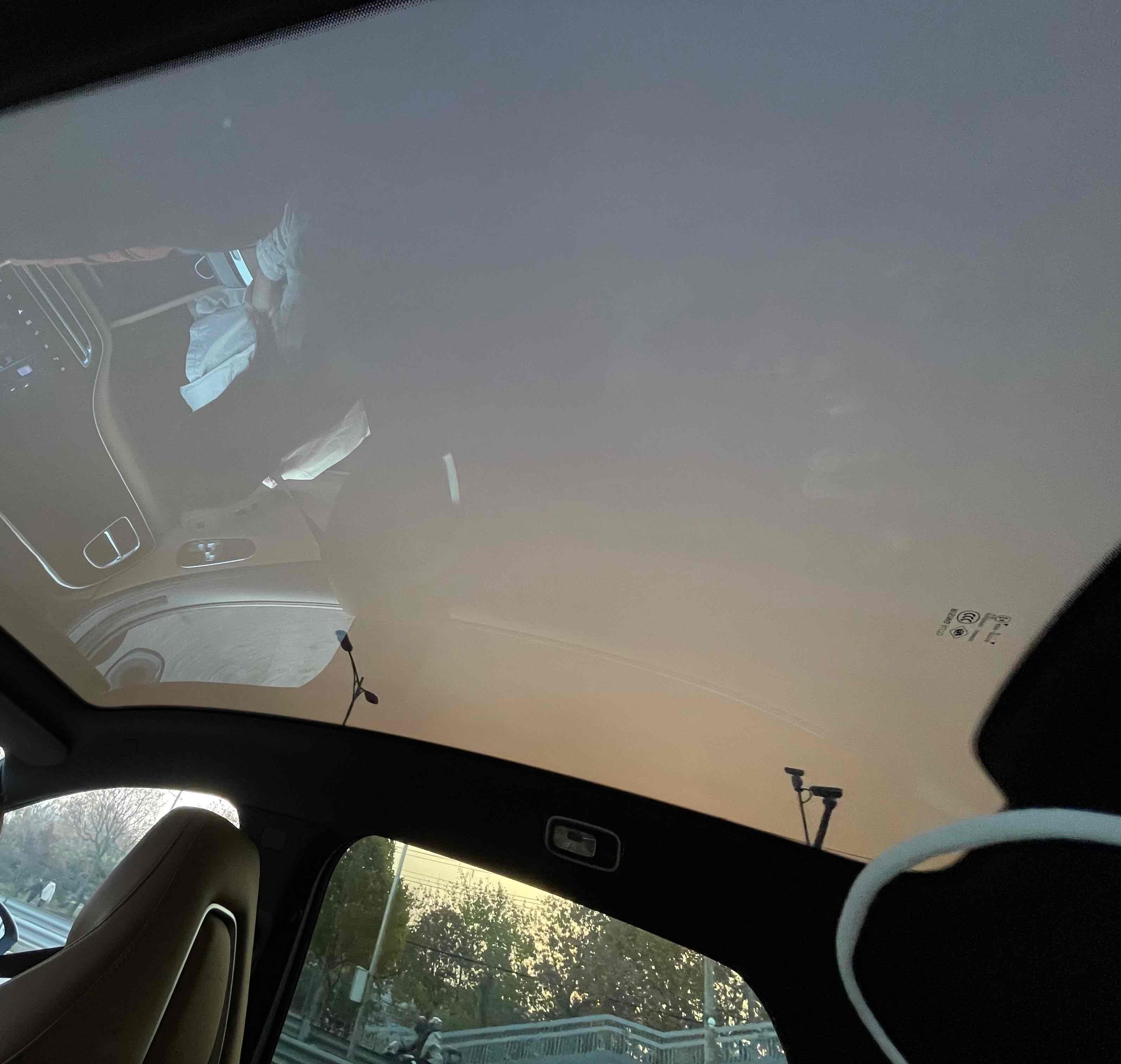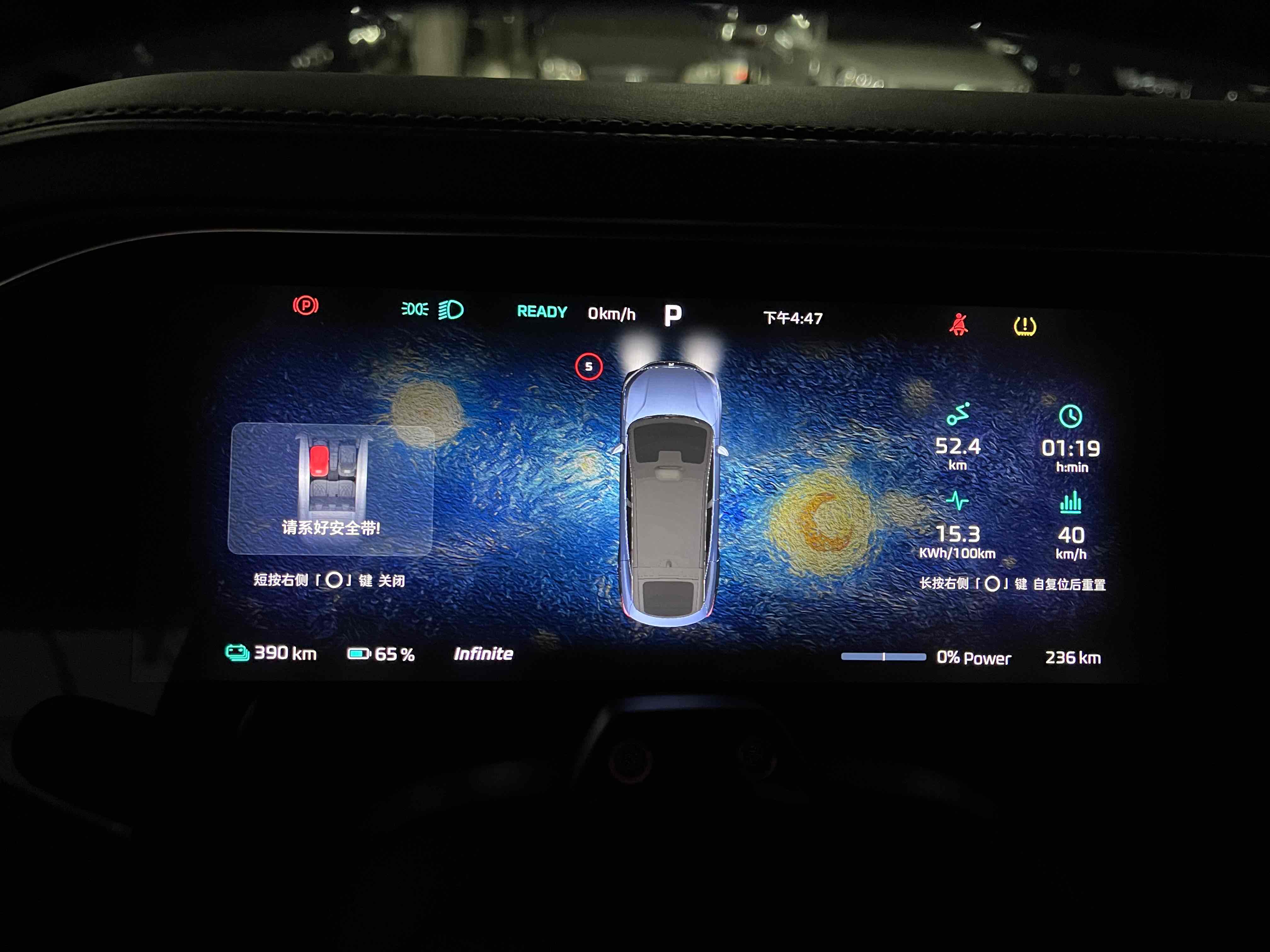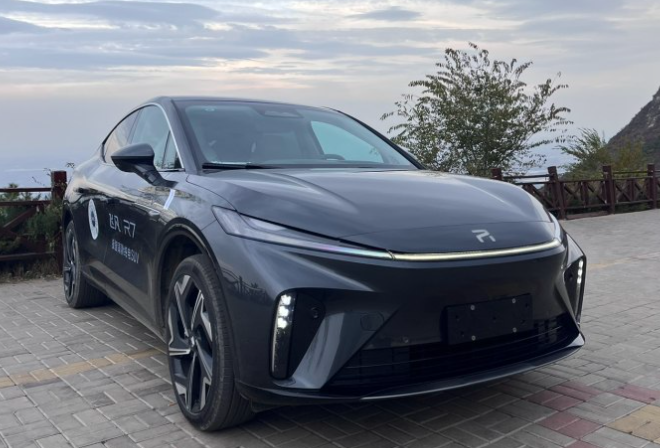After half a year of car selection process, comparing LanTu Free, NIO ES8, XPeng G9, and Tesla Model Y, I finally chose RisingAuto R7 as my new car. Different cars not only provide different means of transportation, but also evoke different emotions and match different lifestyles. Choosing RisingAuto R7 means choosing an intelligent future life that embraces technology, which is different from the traditional luxury cars. This positioning perfectly fits my needs.
Our specific configuration is the 90-degree battery two-wheel drive with the Luxury Package and Visual Enhancement Package. As one of the first owners in Beijing, I have been driving it for nearly half a month and I am satisfied with what R7 provides me. Here are some specific reviews:
Firstly, the appearance. My wife liked R7’s appearance, which features a tough front, graceful waistline, and artistic tail, making it a very good-looking SUV. Although I personally prefer LanTu’s elegant appearance, I can’t deny R7’s good looks. The SUV’s large size is clearly felt when seen in person, which makes its appearance more powerful.
Secondly, the interior design is aesthetically pleasing, featuring a generally simple style with metallic accents highlighting the technology. The Luxury Package is cost-effective, so the overall interior of R7 is good. The seats are comfortable and covered with soft materials, with the napa leather providing a pleasant touch. The seat heating, ventilation, and massage functions are generally good, with moderate massage intensity that won’t cause discomfort.
However, there are also some flaws. Some parts obviously look cheap, such as the housing of the integrated module for driving recorder and ETC, the texture of the roof fabric, and the lack of rear grab handles. Sacrificing the comfort of the middle seat in the rear row for the comfort of the two side seats is understandable, but the middle seat is hard and protruding, which may cause discomfort for long-distance trips with five people.
Secondly, the configuration is satisfying our whole family. My father likes the head-up display and smart driving features, my mother enjoys the copilot area with luxury seats, and my child likes the large screen for entertainment. Yesterday, we watched a movie in the car for a long time when we went out. The comfortable cabin, the 15-inch large screen, Bose surround sound, smooth network and air conditioning, gave us a very satisfying experience. If the central control screen could be used to watch videos while driving, my child would give an even higher score.
Three is space. As a mid-sized SUV, the R7 has done a good job in longitudinal space with sufficient legroom in the back. However, the horizontal space is greatly reduced by the thickness of the doors and the aerodynamic design, making it less spacious than ideal and more equivalent to a better mid-sized SUV. The opening of the trunk is narrow and relatively high, which is not very convenient. It is okay to put some items or luggage when going out, but it is impossible to put a child’s 20-inch bicycle.
Four is endurance. The endurance shows the high-quality level that the 523 three-generation lithium should have. Some of my personal experience data (temperature around 0-5 degrees, adaptive KERS): On the expressway, with an average speed of 60 or more, no air conditioning and mainly the auxiliary driving mode, the energy consumption display is 13.1 degrees/100 kilometers; on the expressway and in the city, with an average speed of 40, no air conditioning, and some auxiliary driving mode with an energy consumption display of 15.3 degrees/100 kilometers; When it was between minus 5 to minus 10 degrees, the air conditioning was fully turned on at maximum capacity and 25 degrees, the seat heating and steering wheel heating were fully turned on, and the comprehensive energy consumption was around 25 degrees/100 kilometers.

In conclusion, I estimate that in the suitable temperature of spring and autumn, the comprehensive energy consumption of the R7 in urban road conditions can be stabilized at around 16 degrees, and the all-electric endurance should be 560 kilometers, with an achievement rate of 87%; in Beijing winter, without saving electricity, it is estimated that it will be around 20 degrees, and the all-electric endurance will be up to 400 kilometers, with an achievement rate of 60%. However, if frequent short-distance start is required, the endurance will be greatly reduced to around 350 kilometers; I haven’t tried on the highway yet, but judging from the energy consumption of other car owners in the group, it shouldn’t be too low. It is estimated that it can travel more than 500 kilometers in spring and autumn, and it may be around 400 kilometers in winter on the highway.
Five is intelligence. The R7’s intelligence is impressive, with a smooth car computer interface similar to a mobile phone system. The smart features, such as the Bluetooth keyless unlocking and mobile remote control, are quite abundant. The overall auxiliary driving is usable. The R7 has a better recognition of traffic participants, and the comfort level of the overall acceleration, deceleration and lane changing is high, and the relevant reminders are also relatively gentle. The system has laid a good foundation for human-machine co-driving, and the most critical thing is that the auxiliary driving system will not easily completely exit. Even if it temporarily interrupts because of the need for takeover, it will try its best to continue the auxiliary driving state. In daily LCC use, it can pass the Beijing Third Ring Road bend at 80 km/h, but needs to slow down or take over manually for some sharp bends. The ability to self-exit at intersections is also good, and it will continue to try to find the road at the intersection.“`
Sixth, the driving experience is remarkable. As for driving and control, I’m not really an expert. The electric car’s acceleration is indeed different from that of a gasoline car. On the one hand, it is fast, on the other hand, the overall speed rise is relatively linear, with acceleration maintained at a stable level. The R7 motor is said to be able to work in the high-speed zone for a long time, but I haven’t tried it yet. When turning at 90 degrees and going 20 kilometers per hour, the back seat passengers feel comfortable. The power response and kinetic energy recovery can be infinitely adjusted, providing many choices.
Overall, we are satisfied with the R7 as a choice, despite its minor flaws. SAIC has great expectations for the Fevan R7, hoping that it will sell well and occupy a place in the future in the field of electric and intelligent cars.
“`
This article is a translation by ChatGPT of a Chinese report from 42HOW. If you have any questions about it, please email bd@42how.com.
